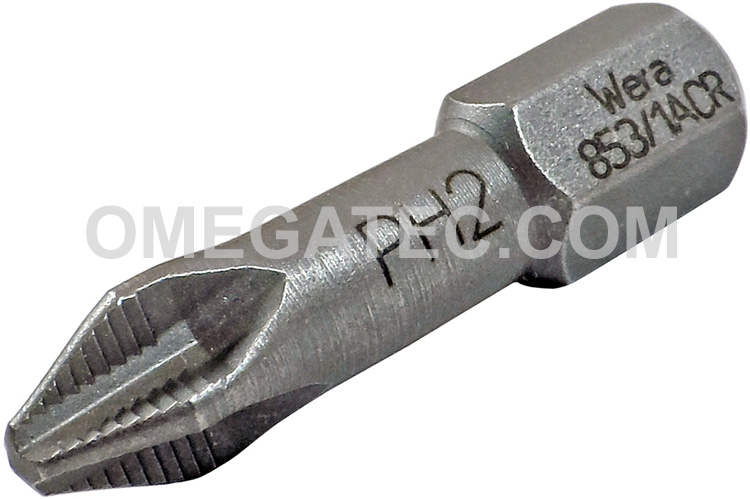Deja vu all over again. Every few years this topic comes up, it starts with nut plates, breaking screws, then stripping, then using stainless (worse BTW) then using allen or torx heads, then some esoteric company that will sell a 100 deg head.
Well - I got pulled into this same discussion early in my build and kept it in mind for many years. Here is what I accidentally discovered -driver bits - if you use these with a phillips screw (carbon steel/cad screws) it is very strong, less likely to slip and you can take a little longer screw (or a hand full of them) and use with an electric nut nut driver to rapidly spin the screw in and out of a green nut plate. Antiseize selection is your choice, use what works, but you can get really happy with phillips screws. And if you need another hundred, they are very easy to source from Spruce or other suppliers. Like anything, a good brand is important, but you can pitch a lot of $0.40 Wiha #2 phillips bit for the price one $8 Wiha screw driver.
Don't knock the phillips for slipping until you try some good driver bits, even ACR bits. I found they are 10x better than a typical screwdriver. Cheap and easily replaced, work very well. Better, faster, AND cheaper. Almost like a miracle.
OK - so they are not good for tight spaces, but a Wiha, SnapOn or other pricey hand tool will work in those rare places. But for glass tips, floor panels and the like, the driver bits (maybe a good ACR) should be on your list to try. The cheap, poorly made, evil screw drivers (Craftsman) have ruined the good rep of phillips head screws.
Stainless screws do look good, so I used them after the panels, tips etc have been on and off a dozen times and ready for final assembly. Then replace them all with new stainless after everything is broken in and using new driver bits.
Just something to try.





